Following on from the volume in which he discussed the Middle Kingdom, John Romer’s new book considers the ancient Egyptian New Kingdom from 1550 BCE to 1070 BCE. This is generally romanticised as one of the great ‘golden ages’ of ancient Egyptian history in which the state reached its pinnacle of power. In this period of increasing prosperity, Egypt established an empire through a series of campaigns under kings such as Thutmose III, Amenhotep III, Seti I and Ramesses II.
At the beginning of the book, Romer takes us to the site of Tell el-Dab’a in the Nile delta, where excavators upended a whole series of assumptions about the early years of the New Kingdom. According to Romer, they ‘performed a rare service for the history of ancient Egypt’, as their work contradicted the hitherto accepted narratives of the ancient Egyptian writer Manetho regarding the invasion and exodus of the Hyksos. They were the people of supposedly Levantine origin who ruled Egypt’s north for some centuries during the Second Intermediate Period, from 1700 BCE to 1550 BCE, in which Egypt was no longer under a single ruler. There appears, rather, to have been a more gradual infiltration of foreigners from the Middle Kingdom, coalescing in the Hyksos rule. But this rattled the native Egyptians, leading to the Hyksos’ final expulsion by the Theban King Ahmose, who is credited with establishing the New Kingdom by reuniting Upper and Lower Egypt under his rule.
As we learn about the excavation of Tell el-Dab’a and the topography of Egypt, the legacy of the Hyksos and their impact on nationhood and the warrior pharaoh ethos becomes clear. The New Kingdom was to be ever more connected to the outside world, with increased cultural diffusion. This was illustrated, for example, by the Minoan frescoes in the 18th dynasty palace at Tell el-Dab’a, the scene of foreigners bearing tribute in the high official Rekhmire’s tomb at Thebes, and the recounting of King Thutmose III’s many campaigns in his Annals inscribed at Karnak temple.
The more globalised perspective regarding the outside world fuelled the kings’ wish to extend Egypt’s borders beyond the traditional geographic marker of the Nile valley. At its zenith, the empire extended from southern Cilicia, in modern-day Turkey, down to the sixth Nile cataract in modern-day Sudan. The New Kingdom also saw the drastic transformation of the monumental landscape at Thebes, epitomised by grand building projects, which produced some of the most extraordinary feats of ancient engineering, including the Valley of the Kings, Karnak and Luxor temples.
Romer describes in detail the complex and fascinating period from the early, unexpected death of King Thutmose II to the moment his only son, Thutmose III, born to a concubine called Isis, ascended the throne. As the young Thutmose was aged about three at his coronation, Hatshepsut, the chief royal wife and half-sister of Thutmose II, stepped in as regent. However, in Thutmose III’s Year 7, Hatshepsut took the unorthodox step of proclaiming herself king, when Egypt already had a reigning one – an unparalleled situation in ancient Egyptian history. The reasons for Hatshepsut’s ascension to monarch can only be hypothesised, says Romer; but traversing new territory in this unique co-rulership meant that Hatshepsut had to compromise with the royal institution. How could she define herself as a ruler and justify her rule when Egypt already had a king on the throne?
Romer challenges previous theories that Hatshepsut was involved in bitter internal politics to place herself at the top. Rather, she acted in accordance with pharaonic protocol, but by proclaiming herself king, used the ‘divine birth’ sequence – a series of scenes showing her to be the offspring of the state god Amun and thus the heir to her father’s throne – to justify her rule. In the later years of her reign her official imagery developed to incorporate masculine elements more typical of the institution of kingship, in a change that Romer labels as ‘Bowie-like ambiguity’.
He reminds us, however, that to the ancient Egyptians there was no contradiction between the sex of the king and the essential masculinity of the office of kingship, and thus Hatshepsut’s rule was divinely ordained. After years of a successful reign, establishing a prosperous state, Hatshepsut died in Thutmose III’s Year 22 – leading to his new-found independence, which saw him set out on campaign to extend the Egyptian empire.
The deeds of a swathe of kings following the intriguing Hatshepsut/Thutmose III era are then described in detail. We learn of the ‘Amarna revolution’ of the sun god-worshipping King Akhenaten and the subsequent restoration of the traditional Egyptian religion under his son Tutankhamun; Seti I’s wars in Syria, which led to the crucial capture of the town Kadesh; Ramesses II’s restoration of temples that had been left to decay; Merenptah’s wars with the Libyans and the mysterious ‘Sea Peoples’ – who played a major role in the Bronze Age collapse in the Mediterranean, which the Egyptians survived by virtue of the sheer size of their resources; and the dissolution of the state following the later Ramesside kings.
The book does not end, as one might expect, with a neat chronological tie, but with two chapters that deal with the role of the workmen’s village of Deir el-Medina and the final reburial of the mummies of the New Kingdom’s greatest kings, ‘the single essential unit of their state’. With this, Egypt’s past is done due justice. I have no doubt that the ‘appointed sons of Amun’ would approve.
The selected bibliography is a goldmine. If you rummage deeply in the notes, tucked away on page 579 you will find Romer’s retraction of a statement he published in 1982 – namely that a graffito of two individuals engaged in coitus was an image of Hatshepsut with her righthand man Senenmut. Addressing the controversy engulfing this now infamous image, Romer insists that it was analysed ‘lightheartedly, as a satire on a common methodology; the scene, after all, has no caption!’ Hindsight is indeed 20/20.
Romer has woven an intricate tapestry of ancient evidence from the bottom up, accessible to the general reader without losing academic rigour or sensationalising the past for dramatic effect. I was particularly pleased by the many references to the lives of the non-royal Egyptians, discussing how they supported the few non-subsistence workers in society. While the book does not provide new perspectives on some well-studied topics, it is a high-quality introduction for those orienting themselves with the period.
Got something to add? Join the discussion and comment below.
Get 10 issues for just $10
Subscribe to The Spectator Australia today for the next 10 magazine issues, plus full online access, for just $10.
You might disagree with half of it, but you’ll enjoy reading all of it. Try your first month for free, then just $2 a week for the remainder of your first year.

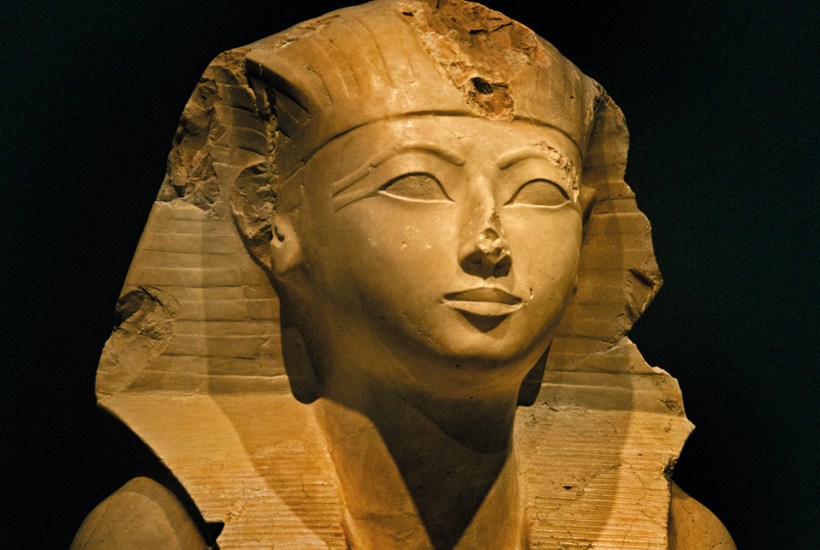
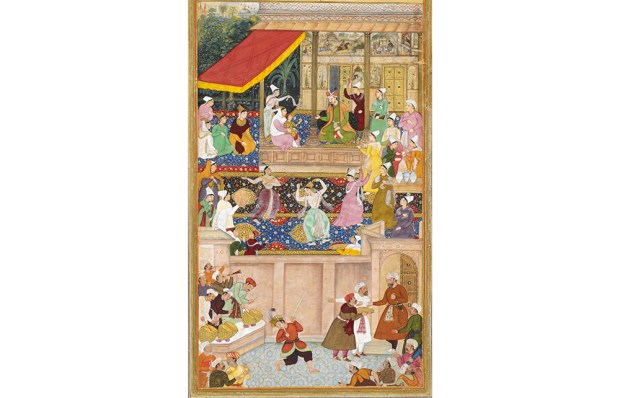

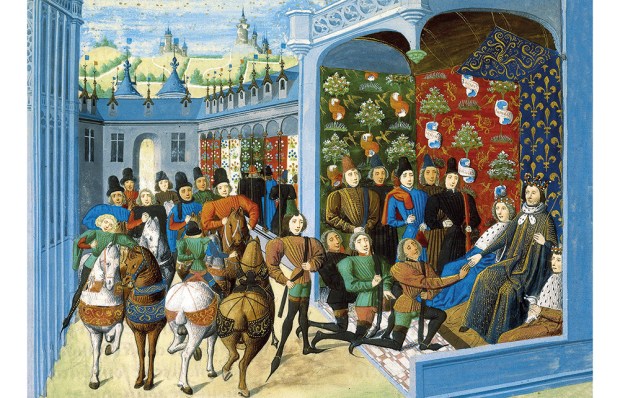
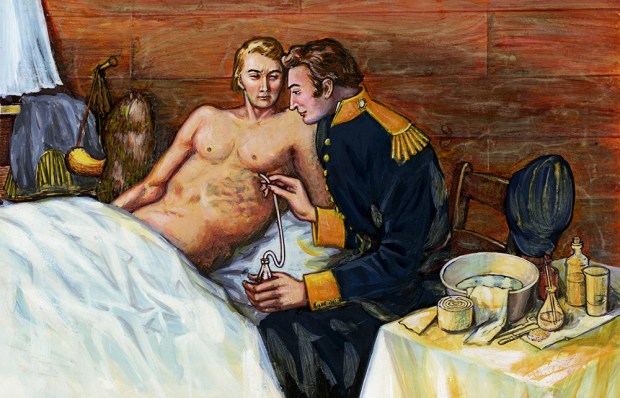

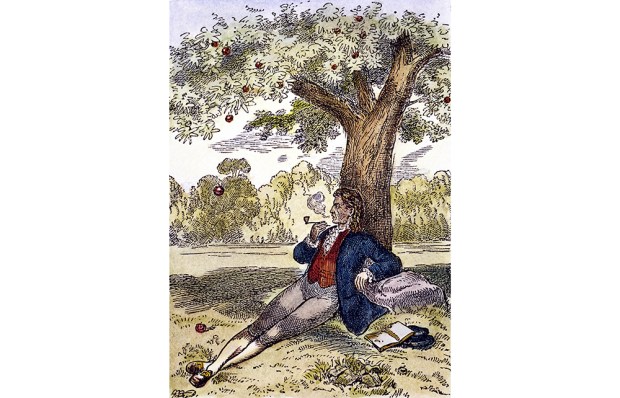






Comments
Don't miss out
Join the conversation with other Spectator Australia readers. Subscribe to leave a comment.
SUBSCRIBEAlready a subscriber? Log in